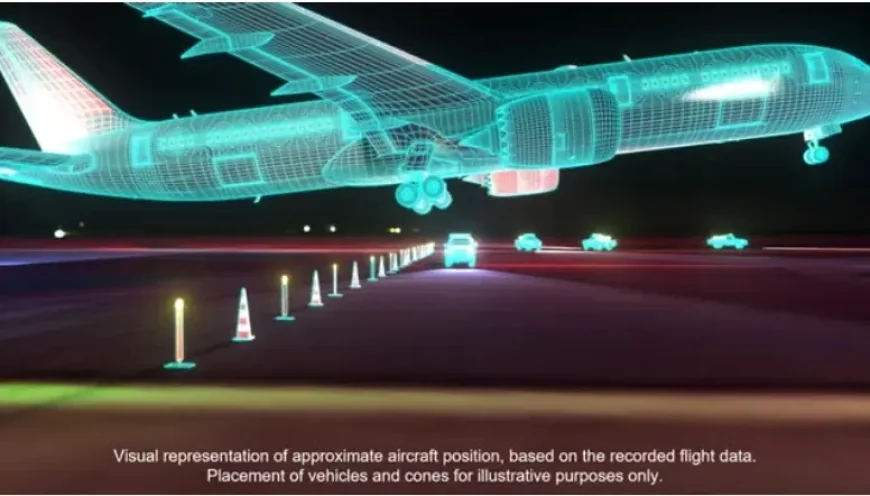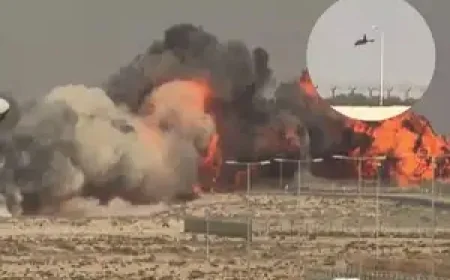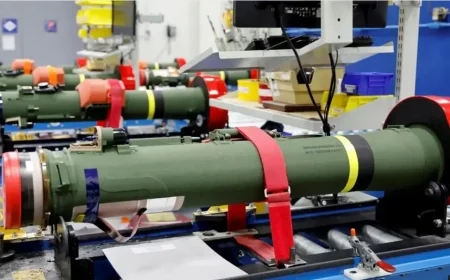The plane narrowly escaped collision at Melbourne Airport
A report has concluded that two passenger planes nearly collided with construction workers and vehicles in two separate incidents at Melbourne Airport in 2023 because workers were unaware that the runway had been temporarily shortened.

An Australian body concerned with transport safety found that pilots from two international airlines were unaware that the length of a special runway had been temporarily shortened by more than 1,500 meters for nighttime reconstruction work.
This latest report comes two years after two large airliners – Malaysia Airlines and Bamboo Airways – narrowly missed colliding with airport workers at Melbourne's Tullamarine Airport just 11 days apart.
On September 7, 2023, a Malaysia Airlines Airbus A330-300 carrying 247 passengers overran the end of the runway while flying to Kuala Lumpur, passing less than seven meters above workers and vehicles.
Just 11 days later, a Bamboo Airways Boeing 787-9 plane heading to Hanoi also overshot the runway, narrowly avoiding hitting the workers by 4.5 meters.
The Australian Transport Safety Bureau released its final report on Tuesday, finding that dispatchers from both airlines had included the shorter runway length in calculations but did not inform the crew, as take-off within the limits was still possible using appropriate thrust settings.
It found that both crews used reduced-thrust take-offs – a process in which less than the maximum available engine thrust is used for takeoff – assuming the full runway was available. It was a “critical misunderstanding” that led to the dangerous overruns, the report said.
“These were serious incidents,” the ATSB chief commissioner, Angus Mitchell, said.
“In both cases we had a fully loaded and fuelled aircraft with over 200 personnel on board coming within metres of fixed equipment on the ground and with works equipment. So it was by luck in this case that we didn’t have an impact.”
While acknowledging that it is the pilot's responsibility to identify safety-critical aeronautical information when preparing for flight, Mr. Mitchell said this process is prone to human error.
In light of these incidents, the Civil Aviation Safety Authority has proposed changes that would require air traffic control to more directly confirm pilots' awareness of safety-critical runway conditions.
What's Your Reaction?
 Like
0
Like
0
 Dislike
0
Dislike
0
 Love
0
Love
0
 Funny
0
Funny
0
 Angry
0
Angry
0
 Sad
0
Sad
0
 Wow
0
Wow
0












































